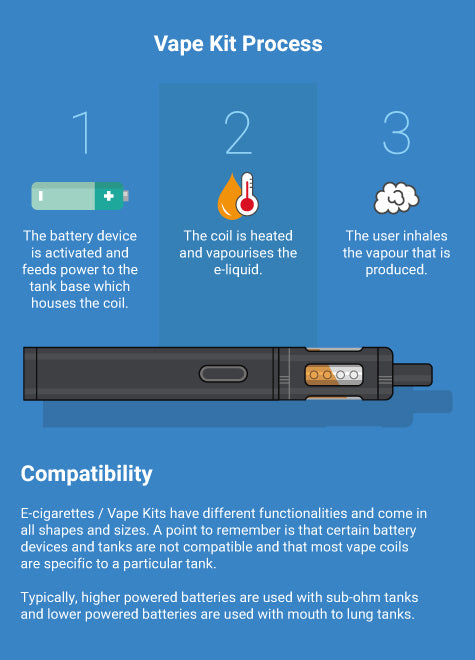Electronic cigarettes, commonly called e-cigarettes, are battery-powered devices designed to deliver nicotine without burning tobacco. They function by heating a liquid solution (e-juice or vape juice) to create an inhalable aerosol, offering an alternative to traditional smoking.
How Electronic Cigarettes Work
The basic operation involves four key components:

- Battery: Provides power to the heating element, usually rechargeable.
- Heating Element: Often a coil, which vaporizes the e-liquid when activated by the battery.
- E-Liquid Cartridge or Tank: Holds a solution containing nicotine, propylene glycol (PG), vegetable glycerin (VG), and flavorings.
- Mouthpiece: Where users inhale the aerosol produced.
When a user draws or activates the device, the battery powers the coil. This heats the e-liquid to around 100-250°C, converting it into an aerosol for inhalation. The process avoids combustion, reducing tar and other harmful byproducts found in cigarette smoke. Modern devices include adjustable settings for temperature and airflow.
Alternative Nicotine Products for Beginners
As a starter guide, consider these options for nicotine delivery instead of smoking:
- Nicotine Gum: Chewable gum providing controlled nicotine absorption through the mouth lining; useful for curbing cravings discreetly.
- Nicotine Patches: Transdermal patches applied to skin, releasing steady nicotine doses over hours; ideal for consistent support without frequent use.
- Nicotine Lozenges: Dissolvable tablets absorbed under the tongue; offer quick relief and are easy to carry.
- Nicotine Inhalers: Portable devices delivering nicotine vapor into the mouth without heat; mimic smoking gestures for habit transition.
Choose based on personal habits and health goals. Consult a professional for safety and effectiveness.









